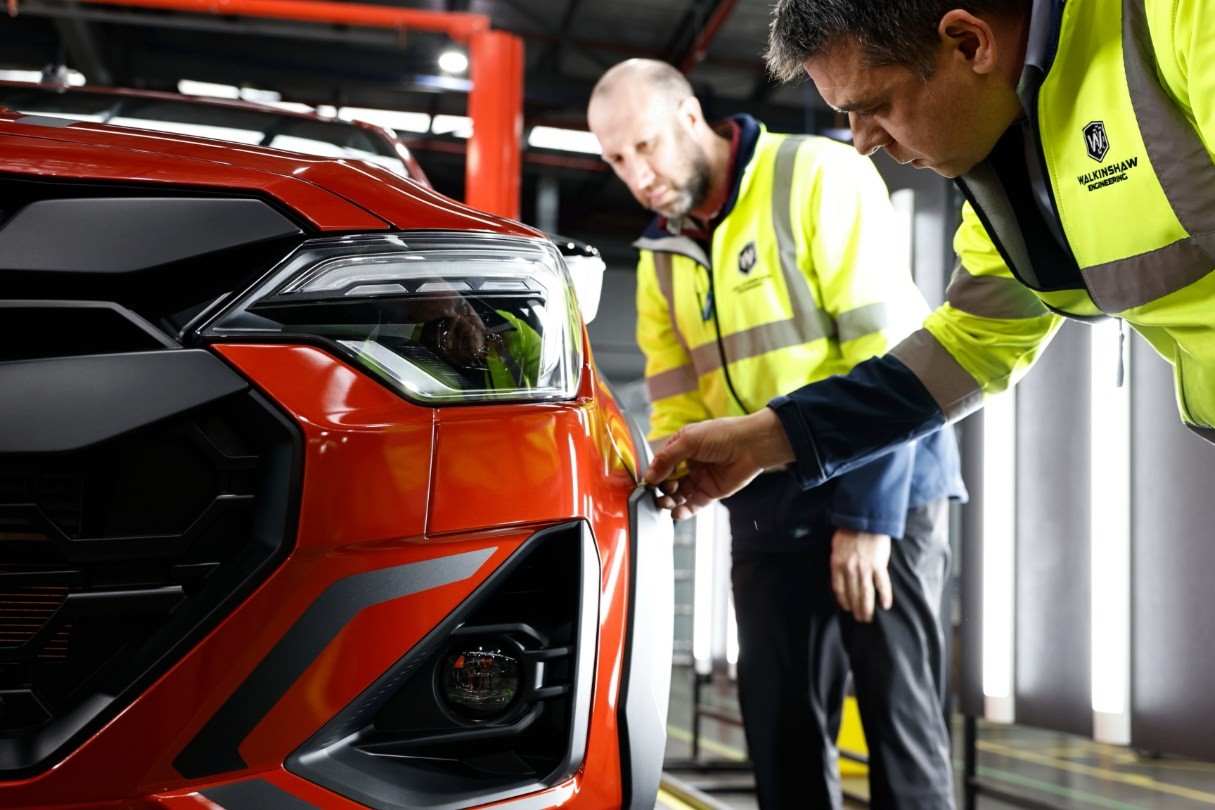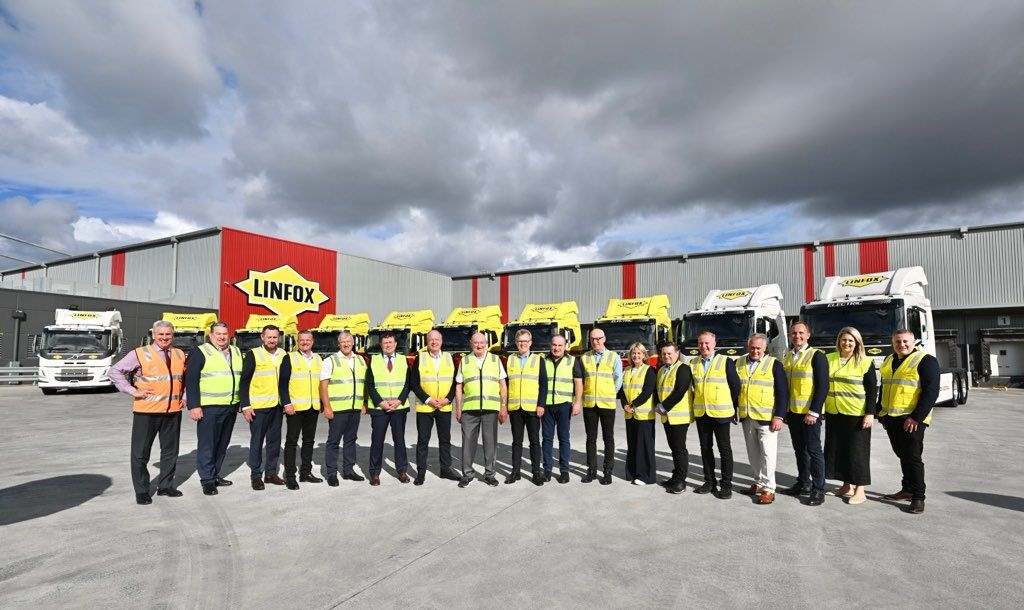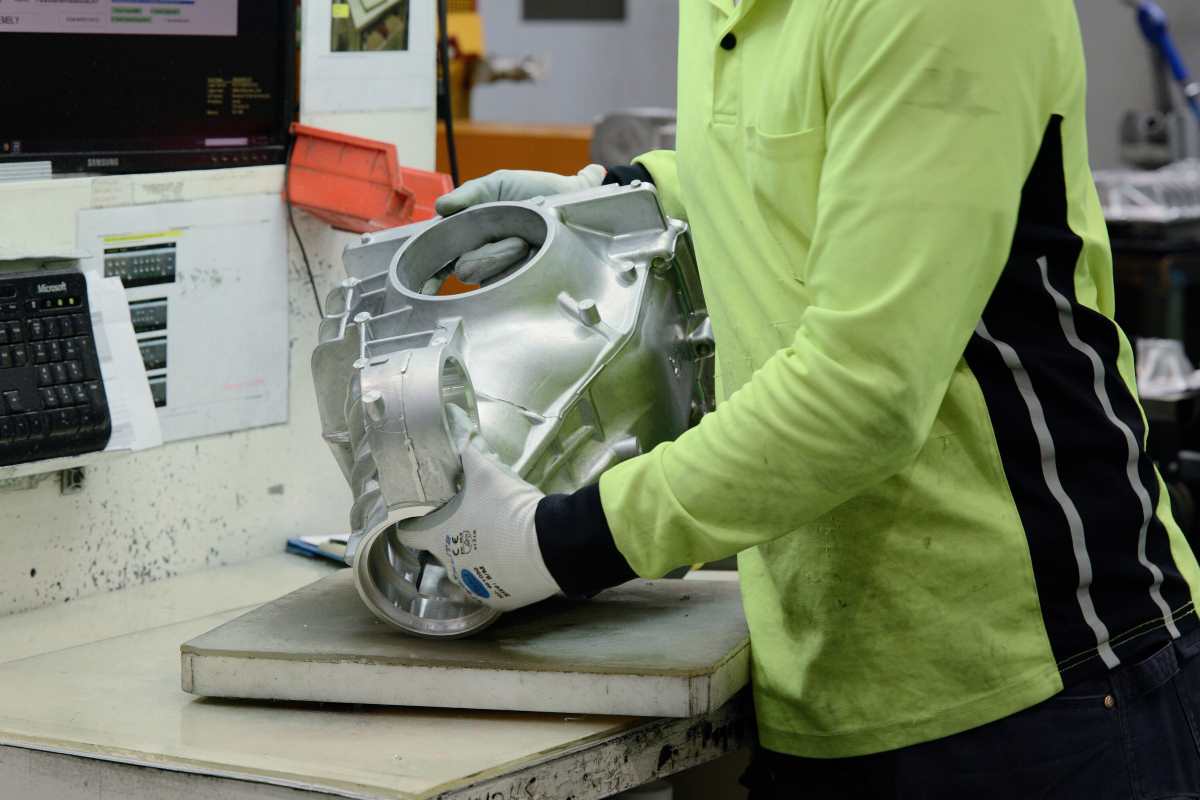Australia’s car manufacturing industry isn’t dead – it’s evolving
It won’t look like Holden’s heyday, but local car manufacturing in Australia is being rebuilt in new ways. Here’s what the future could hold.
Advertisement
In 2017, the lights went out on Australia’s traditional car manufacturing industry. Ford, Holden, and Toyota had packed up. Thousands of jobs vanished. Politicians waved their fingers and made grand speeches, but the outcome was clear: Australia was told to move on.
But here’s the thing. We didn’t.
Instead, we adapted. We pivoted. And now, in 2025, the conversation is shifting again. There’s a quiet but steady resurgence happening, just not in the form most people expect.
Let’s be honest. We’re not going back to mass-producing Commodores in Elizabeth or Falcons in Broadmeadows. Those days are gone, and trying to copy-paste that industrial model into today’s economy wouldn’t make much sense anyway. The global automotive game has changed: EVs, sustainability, smaller supply chains, and smarter, leaner factories are now the name of the game.
But that doesn’t mean we’re out of the race.
Companies like Walkinshaw, Premcar, Volvo Group Australia and even Nissan are proving that we still have the talent, the infrastructure, and the drive (pun intended) to play a serious role in vehicle manufacturing. We just need to think differently about what that means.
Walkinshaw Automotive Group might not be a household name like Holden once was, but it should be. Since the collapse of the big three, Walkinshaw has grown tenfold. With over 1500 employees, it’s now re-engineering and converting more than 10,000 vehicles a year (Ram 1500s, Silverados, Toyota Tundras, etc) into right-hand drive for the Aussie market.
Walkinshaw isn’t just surviving post-Holden, it’s thriving, and CEO Ryan Walkinshaw believes this is just the beginning, not only for his company but for the broader industry. “It’s important that Australia recognises that, and embraces it,” he says, “because we can do incredible things when we put our minds to it. We can compete nationally and globally against other manufacturers and different countries, and if we nurture that, and invest in it, and the government supports us, I believe we can grow that into vastly larger numbers than we are doing today.”

Premcar is another name making serious waves. Born from the ashes of Ford Performance Vehicles, it’s quietly built 10,000 vehicles at its facility in Epping, VIC. Everything from high-performance variants to EV conversion programs. And it’s only getting busier.
Premcar’s approach is pragmatic: lean, local, and laser-focused on what Australian consumers want. No billion-dollar mega factories required. Just clever engineering, targeted design, and smart secondary manufacturing. As Engineering Director Bernie Quinn puts it, “This is Australia’s new new-car manufacturing industry.”
And maybe that’s the point. Rebuilding our car industry won’t be about replicating the past. It’ll be about refining what we already do well and doing more of it.
Then there’s Volvo. The Swedish giant recently announced it will manufacture a third of its new heavy-duty electric truck order (the largest of its kind in Australia) right here in Brisbane. These trucks won’t just carry freight; they’ll carry the Australian Made label too.
Sure, it’s not full vehicle production at scale yet, but it’s a crucial step forward. It shows that global companies see value in Australian know-how, especially when it comes to adapting cutting-edge tech to our unique conditions.

Nissan’s long-running Casting Australia Plant in Dandenong South, Victoria, continues to punch well above its weight. Every example of the upcoming Y63 Nissan Patrol, including those sold in the USA, the Middle East, and Africa, features a final drive differential housing made in Australia. That’s not just parts for our own market; that’s Australian-made components built into a global flagship 4WD.
As Andrew Humberstone, Managing Director of Nissan Oceania, puts it: “The Y63 Nissan Patrol isn’t just made for Australia, but partly made in Australia as well.” It’s a reminder that meaningful manufacturing doesn’t always mean the whole vehicle; sometimes, it’s the backbone beneath it.

We’re not reviving the old model, we’re creating something new. And that’s exactly what we should be doing.
The next generation of car manufacturing in Australia won’t be about long assembly lines and export ships full of sedans. It’ll be about EV remanufacturing, niche-market builds, performance variants, and smart conversions. It’ll be about leveraging our natural resources (lithium, rare earths) and combining them with our deep pool of industrial talent.
It will be a mosaic of public and private investment, clever supply chains, component engineering, and low-volume assembly that meets our market’s specific needs. And if the government gets behind it with meaningful policy (not just slogans), we might actually have a shot at building something sustainable.
If we want to build again, it won’t look like the past. But that’s not a reason to give up, it’s a reason to evolve. Because the skills are here. The appetite is here. And the need for cleaner, smarter, tougher vehicles built for our roads and tracks has never been greater.
So instead of asking if Australia’s car industry is coming back, maybe we should be asking: Are we ready to get behind what it’s becoming?